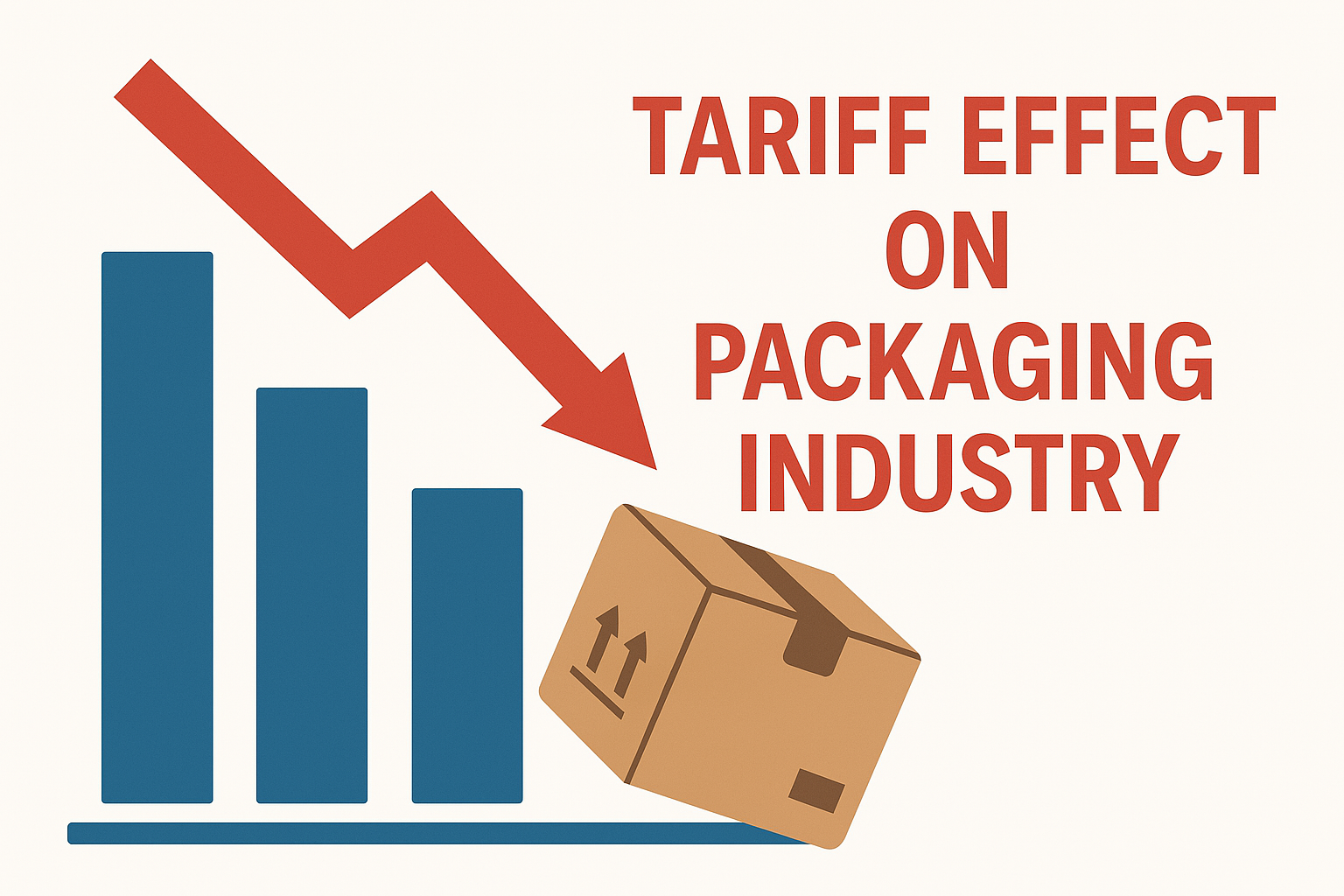
Evidence is mounting that food packaging and plastic tableware contain toxic chemicals absorbed by humans, a public health risk largely ignored by federal officials charged with protecting the nation's food supply.
During the past week alone, a new study detailed how more than 3,600 chemicals in food-related materials have been detected in people worldwide.
A companion review of recently published research confirmed 189 chemicals linked to breast cancer have been found in the materials, 76 of which migrate out of packaging and utensils during normal use.
Many of these chemicals were approved decades ago by the Food and Drug Administration with little, if any, oversight.
"Some have never been reviewed by the FDA at all because food and chemical companies are exploiting a loophole that lets them, rather than the FDA, decide whether a chemical is safe," said Melanie Benesh, vice president for government affairs at the Environmental Working Group, one of several nonprofit organizations that have repeatedly petitioned the agency to ban toxic substances in food and packaging.
"It's no surprise that consumer confidence in food chemical safety is falling," Benesh said.
Years of legal and political pressure are just now forcing changes in an arm of the government long dominated by industry priorities rather than public health concerns.
After decades of denial, the FDA is vowing to overhaul its review processes and conduct more rigorous reviews of food chemicals already on the market.
Details remain slim. Agency officials cautioned Wednesday their budget to assess chemicals doesn't come close to the amount necessary to conduct a robust safety program.
"You have to start somewhere," Jim Jones, the FDA's first-ever deputy commissioner for human foods, said during a public discussion about the agency's plans.
Jones, who formerly ran the chemical safety office at the U.S. Environmental Protection Agency, noted that several states have banned certain food additives and food contact chemicals.
To build a strong national food safety system, Jones said, the FDA needs to step in with "a systematic approach for chemical reassessment," something he acknowledged has never existed at the nation's chief food safety agency.
Absent further direction from Congress, though, it will likely take years to determine the fate of chemicals that researchers—and in some cases the FDA itself—already have flagged because they are suspected of posing significant health hazards.
One example is bisphenol A, or BPA, a hormone-scrambling chemical used in food can linings, food containers and water bottles. BPA has been linked to birth defects and behavior disorders in infants and children. In adults, the chemical can trigger diabetes, heart disease, erectile dysfunction, cancer and early death.
Other than banning BPA in baby bottles and infant formula cans, FDA officials have said the chemical is safe for approved uses. But in 2021, the European Union determined BPA is harmful at levels far below what once was considered safe. A year later, nonprofit groups petitioned the U.S. food safety agency to take action; the FDA has yet to respond.
Other chemicals routinely found in food packaging and plastics are PFAS—per- and polyfluoroalkyl substances—used to repel oil and grease and withstand high temperatures.
Known as forever chemicals because they don't break down in the environment, PFAS are in the blood of almost every American, according to the Centers for Disease Control and Prevention.
Researchers have urged physicians to screen pregnant women and other sensitive groups for breast cancer, unhealthy cholesterol levels and high blood pressure when the amount of PFAS in their blood exceeds 2 parts per billion—equivalent to a couple of drops of water in a swimming pool.
Then there are phthalates, plastic-softening chemicals added to food containers that have been linked to genital malformations in boys and lower sperm counts and testosterone levels in men. Studies also suggest the chemicals contribute to childhood obesity, asthma, cardiovascular issues, cancer and premature death in people ages 55 to 64.
Illinois trails other states that have banned certain food-related chemicals. Senate-passed legislation stalled in the Illinois House during the spring. It mirrored a new California law banning food additives including brominated vegetable oil, red dye No. 3, propylparaben and potassium bromate.
One of the champions of the proposed legislation is Illinois Secretary of State Alexi Giannoulias, a former U.S. Senate candidate who said he got involved because his office oversees the state's organ donor registry.
"The bottom line is we need to put food safety first," Giannoulias said during a webinar organized by the Environmental Working Group. "We need the FDA to do its job developing a rigorous review program that puts our health first and addresses the impact of chemicals in our food."
Maria Doa, another former EPA chemical safety analyst, said agencies in the U.S. and Europe have given the FDA a road map to identify which chemicals should be assessed first. She urged the FDA to evaluate the cumulative impacts of exposure to multiple chemicals in food contact materials rather than addressing one at a time.
"We think they should be focusing on chemicals that are a concern for children, developmental toxicants, chemicals that are carcinogens, those that cause neurotoxicity," said Doa, now senior director for chemical policy at the nonprofit Environmental Defense Fund.
Trade groups for chemical and food companies have defended their members by saying they follow FDA regulations—the same regulations widely condemned as ineffective.
"The U.S. has a robust federal regulatory system in place for managing food safety, including chemical safety, and it is for this reason that the U.S. is consistently ranked as having one of the highest-ranked food safety systems in the world," the American Chemistry Council says on its website.
Scientists have long known that chemicals can leach out of plastics and treated paper products, in particular when food containers and packaging are heated in a microwave or oven.
More sophisticated sampling methods and testing equipment are enabling researchers to determine the scope of potential risks to humans.
Both of the new studies tabulating the number of chemicals in food-related materials relied on a database of research compiled by the Food Packaging Forum, a Swiss-based nonprofit created to raise public awareness about emerging science.
"The potential for cancer prevention by reducing hazardous chemicals in your daily life is underexplored and deserves more attention," said Jane Muncke, the group's managing director.







